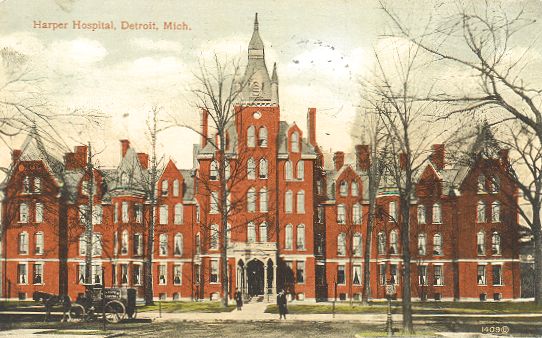Find Your Ancestors in English Manorial Records
Was your ancestor the lord of an English manor or, more likely, someone who lived and worked in the vicinity of one? Or are you a Downton Abbey fan who would just enjoy reading the old records kept by a grand manor? Then you should know about English manorial records...Turn a Kindle Ebook into an Audiobook on iPhone
Wish someone could read your Kindle e-book to you? Your iPhone can. Here’s how to turn a Kindle ebook into an audiobook. For free.

Turn eBook into AudioBook
I love to read. But when I’m on the road, doing chores or working out, it’s easier to listen to books. Sometimes I purchase an audio format or find one at my local library. But audiobooks are pretty expensive, and they’re not always available for the books I want.
So what if I have an e-book already on my Kindle and I want my iPhone to read it to me? It can.
Here’s how to turn a Kindle ebook into an audiobook on an iPhone 5s:
1. Customize VoiceOver settings. On your iPhone, go to Settings > General > Accessibility.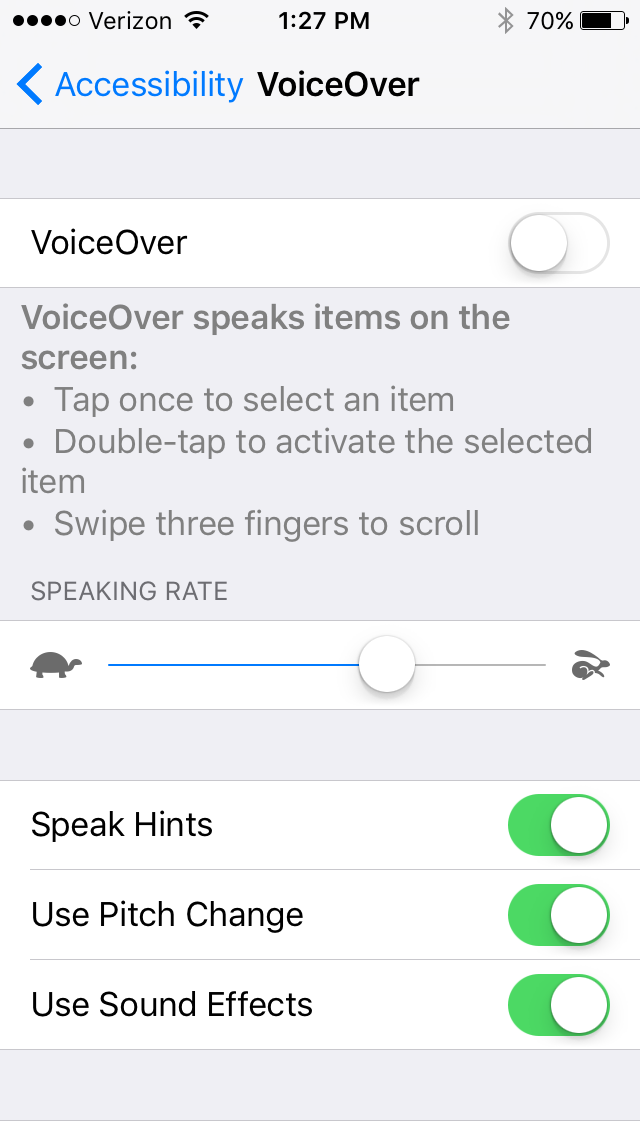
2. Set the reading speed. On the VoiceOver screen, go down to the Speaking Rate bar and adjust it to a speed you like: toward the turtle image for slower, and toward the running rabbit for faster.
3. Choose the reading voice. On the same screen, you can select the voice you want to hear. Choose Speech. Under Default Dialect, you can choose among several English-speaking reading voices, categorized under U.S., Australian, U.K., Irish and South African English. Or tap “Add New Language” to enable one of many other languages.
4. Open your Kindle app (or download it here).
5. Choose a book from your Library. Or go to Amazon.com, select Kindle Store under the All Departments dropdown menu on the search bar, and search for titles (or search “Kindle free books” for free Kindle books to read). You should also check with your local library about borrowing Kindle ebooks.)
6. Open the book. Tap the book and swipe left to page forward through the front matter until you want to start reading.
7. Ask Siri to “turn on VoiceOver.” You can also do this manually by going back to Settings > General > Accessibility. Once you turn on VoiceOver, it reads everything to you. I find it annoying and more difficult to navigate in the iPhone with VoiceOver on, so I don’t enable it until I am ready to use it. After Siri confirms that VoiceOver is enabled, press the Home button once to return to your Kindle book.
8. Start the audio reading. A black border will appear around your Kindle book page. A voice will start to give you instructions. Swipe down with two fingers to begin reading continuously (beginning with the current page and continuing through the book until you stop.
9. Double tap the screen to stop reading and bring up the menu options.
If you’re used to audiobooks read by actors and professional readers, you’ll miss their polished performances. But the voice works for me in a pinch, when I just want to listen to an e-book I already have on my Kindle.
Why not try this with the current Genealogy Gems Book Club featured title, The Summer Before the War by Helen Simonson? Click on the book title to order the Kindle e-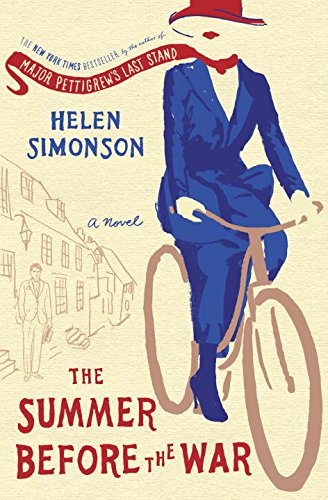 book. It’s a perfect summer read: a light-hearted romance with colorful characters and a compelling historical backdrop at the outset of World War I.
book. It’s a perfect summer read: a light-hearted romance with colorful characters and a compelling historical backdrop at the outset of World War I.
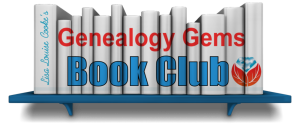 This post was brought to you by the free, no-commitment online Genealogy Gems Book Club. We choose titles for their appeal to family history lovers, AND we interview their (often best-selling) authors. Click here to learn more about the Genealogy Gems Book Club.
This post was brought to you by the free, no-commitment online Genealogy Gems Book Club. We choose titles for their appeal to family history lovers, AND we interview their (often best-selling) authors. Click here to learn more about the Genealogy Gems Book Club.
Adoption Research Success: “I Continued His Quest to Find His Birth Mother:”
Searching for birth parents? This adoption research success story involved several proven techniques: mapping DNA matches, research legwork–and years of patient determination.
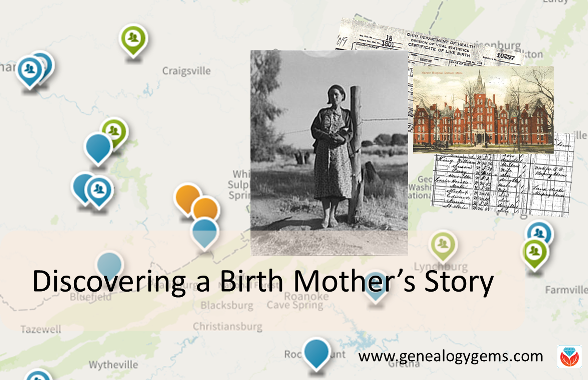
Adoption Research Inspiration
This inspiring letter about adoption research came to me from Liz:
“Dear Lisa,
Thank you for your part in a major milestone of my genealogy research! You motivated me, educated me, and shared many wonderful resources throughout hours and hours of your podcasts. After listening to you talk with Diahan Southard a few times, it finally dawned on me that I should contact her to help me better understand DNA and its impact on my research.
Here’s the “story” as it unfolded for me.
During much of the last 30+ years my brother-in-law, Chuck, searched constantly for his birth mother. Chuck maintained hope that information he requested from the state of Michigan or newly available electronic adoption records might give him enough clues to help him find his mother. Six or seven years ago, Chuck was disabled by a stroke and a few years following the stroke vascular dementia robbed him of his ability to continue the search for his mother. In January 2015, we were able to get Chuck (despite the dementia) to spit in the test tube and provide a DNA sample. Little did we know he would be dead by Thanksgiving. As I wrote Chuck’s obituary, I realized I could offer one other piece of assistance to Chuck’s widow and children. I offered to continue his quest to find his birth mother.”
Then Liz outlined the steps she took to carry on the search:
“After gathering the limited detail we had (birth date, location, possible mother’s name and age) I began my research in earnest. Ultimately I:
- created a “proposed” family tree for Chuck based on Chuck’s birth mother’s surname and his birth location,
- reviewed Chuck’s DNA matches and
- began to narrow down the family tree.
I used Diahan Southard’s website tutorials as the foundation for my analysis, put together a PowerPoint presentation with my research and theory and presented the information to her in a video conference. She found no fault in my logic and helped me plan my next steps: the search for Chuck’s birth father.”
Eventually, the paper trail and the genetic research came together to tell a story:
“Last week my niece finally received the adoption records from the state of Michigan, eighty-six years after Chuck was born, over twenty years after Chuck first requested them and almost a year after his daughter requested the records. I am impatiently awaiting my copy! What I do know so far:
-
My research (thanks to you and Diahan and DNA) accurately determined the identity of Chuck’s mother.
- She had a very difficult young life and died of TB—tuberculosis – when she was just 25 years old in 1939.
- Chuck’s mother became pregnant with Chuck while a ward of the state and an Inmate at a girls school.
- Chuck’s mother became pregnant during a time when the school “farmed out” Inmates to Harper Hospital to work as nurses’ aides.
- Both Chuck’s mother and her sister checked on Chuck after turning him over to the state, both in an attempt to get him back and to learn how he was doing.
It was heartwarming to learn that Chuck actually had a birth family who cared about him! I wish he had known!”
WOW, what an incredible story! Congratulations to Liz on such thorough and persistent research. I feel very sure that Chuck knows that not only did he have a birth family that cared, but also a wonderful sister-in-law (although I would guess he well aware of that even before he passed.)
I’m also thrilled that Genealogy Gems was able to play some part in Chuck and Liz’s story.
Get Ready for Adoption Research Success
 Are you looking for someone’s birth parents? Get started with the DNA strategies Liz used:
Are you looking for someone’s birth parents? Get started with the DNA strategies Liz used:
- Take a DNA test from a company such as AncestryDNA, which has an enormous database of testers and family trees. Click here to learn more about your DNA testing options.
- Map your DNA test results using Google Earth and/or, if you test with AncestryDNA, the site’s tool within an individual DNA match view for identifying locations you have in common on your tree. Click here to learn more about using Google Earth for genealogy by watching my free full-length video class on using Google Earth for genealogy.
- Share your DNA results on other websites (such as Gedmatch) to increase your chances of finding matches.
To access Diahan’s great video tutorials on her site that Liz used, click here— as a Genealogy Gems reader you’ll get a great discount on them.
Along with DNA evidence, create the best paper trail possible, as Liz did. Scour all available records and follow up on all possible leads for any information about the birth parents. In this instance, Liz needed to rely on records created by or about institutions, such as the hospital and state girls’ school. Genealogy Gems Premium members will find tips for finding and using these records in my newest Premium video tutorial, Institutional Records. (If you’re not a member yet, click here to learn more. )
Sources in our cover image for this post include this photograph of a pregnant woman and a postcard found on the Harper Hospital (Detroit, MI) hospital webpage at RootsWeb. Click to view full citation information.
We Dig These Gems! New Genealogy Records Online
Here’s our weekly update of new genealogy records online, designed for you to scan them quickly and click to the ones that matter for your family history. Thumbs up for free access to the Irish censuses of 1901 and 1911!
ENGLAND MARRIAGES. An enormous collection of about 2.3 million names from over 1,500 parishes across 29 English counties is in Findmypast’s new database, England, Phillimore Marriage Registers, 1531-1913
IRELAND CENSUS. MyHeritage.com has posted over 8.7 million indexed records (with images) from the 1901 and 1911 Irish censuses to its UK and Ireland Census Collection. These collections are FREE to search. According to the collection description, “The 1901 census lists – for every member of the household – name, age, gender, relationship to the head of the household, religion, occupation, marital status, county of birth (except for foreign births, which give country only), whether the individual spoke Irish (Gaelic), and whether the individual could read or write.” The 1911 census adds the numbers of years a woman had been married to her current husband; children born to them and children living.
KANSAS CENSUS. Ancestry.com has updated its Kansas, City and County Census Records, 1919-1961. “This collection contains various city and county census records and population schedules from Kansas. They include information about inhabitants of a town, enumeration of livestock, and agriculture. Prior to 1953 the population schedules list the address, name of the head of household, and the number of individuals living in the household. Beginning in 1953 the schedules list all the members of the household and their ages.”
MISSOURI CHURCH. Ancestry.com subscribers can now search Missouri, Methodist Church Records, 1856-1970 a new database of indexed images from various United Methodist churches in Missouri. Baptisms, marriages, memberships, burials and lists of clergy are included.
SCOTLAND. A new collection of Scottish parish and other records is now searchable at Findmypast. Scotland Registers & Records dates back to the early 1600s. Record types “range from monumental inscriptions to a novel on rural life in 18th century Scotland.”
 Looking for ancestors online? Turn to Genealogy Gems for ongoing education in using Google for genealogy (and everything else). Sign up for our FREE weekly e-mail newsletter for a free Google e-book and ongoing tips from our blog. Consider becoming a Genealogy Gems Premium website member so you get unlimited annual access to on-demand videos like Google Search Strategies for the Family Historian and many others.
Looking for ancestors online? Turn to Genealogy Gems for ongoing education in using Google for genealogy (and everything else). Sign up for our FREE weekly e-mail newsletter for a free Google e-book and ongoing tips from our blog. Consider becoming a Genealogy Gems Premium website member so you get unlimited annual access to on-demand videos like Google Search Strategies for the Family Historian and many others.

